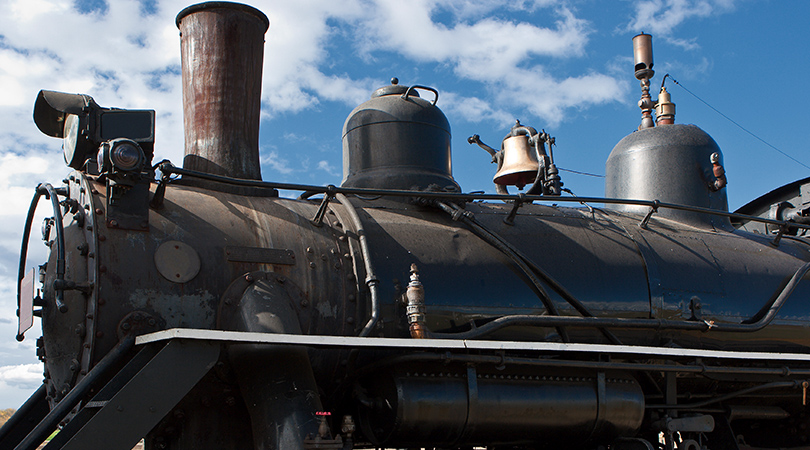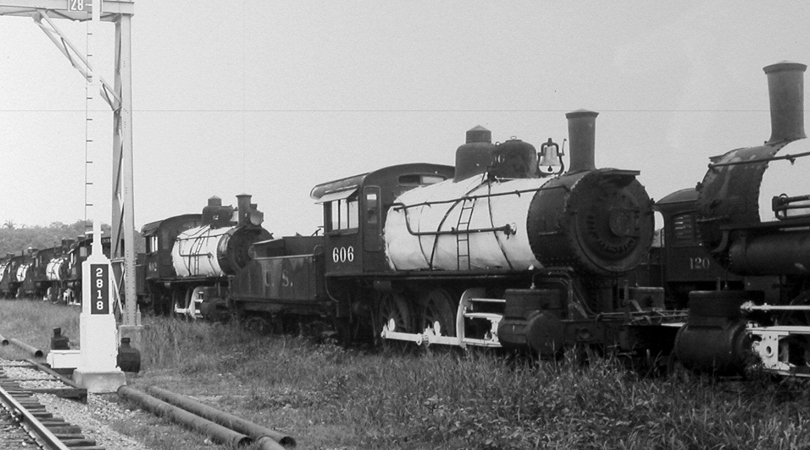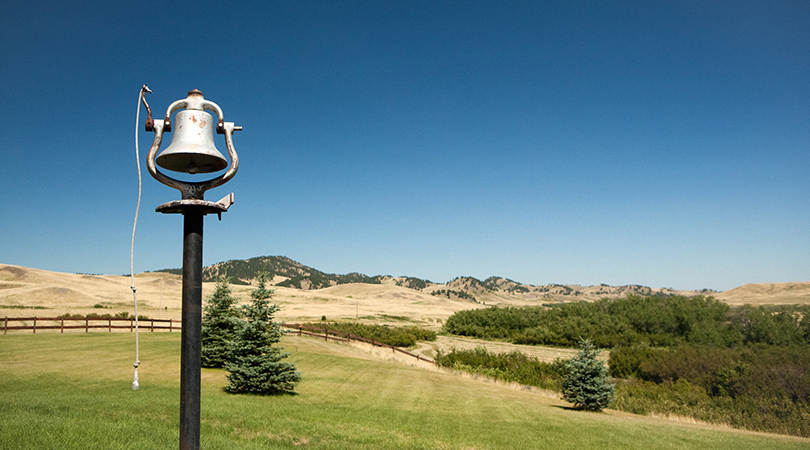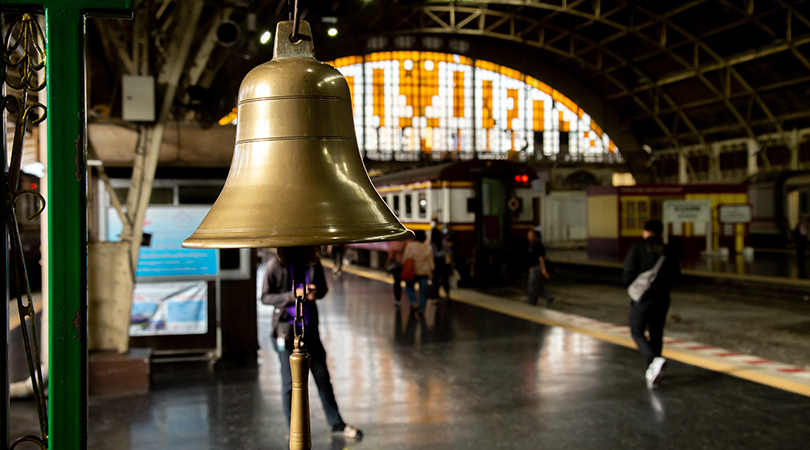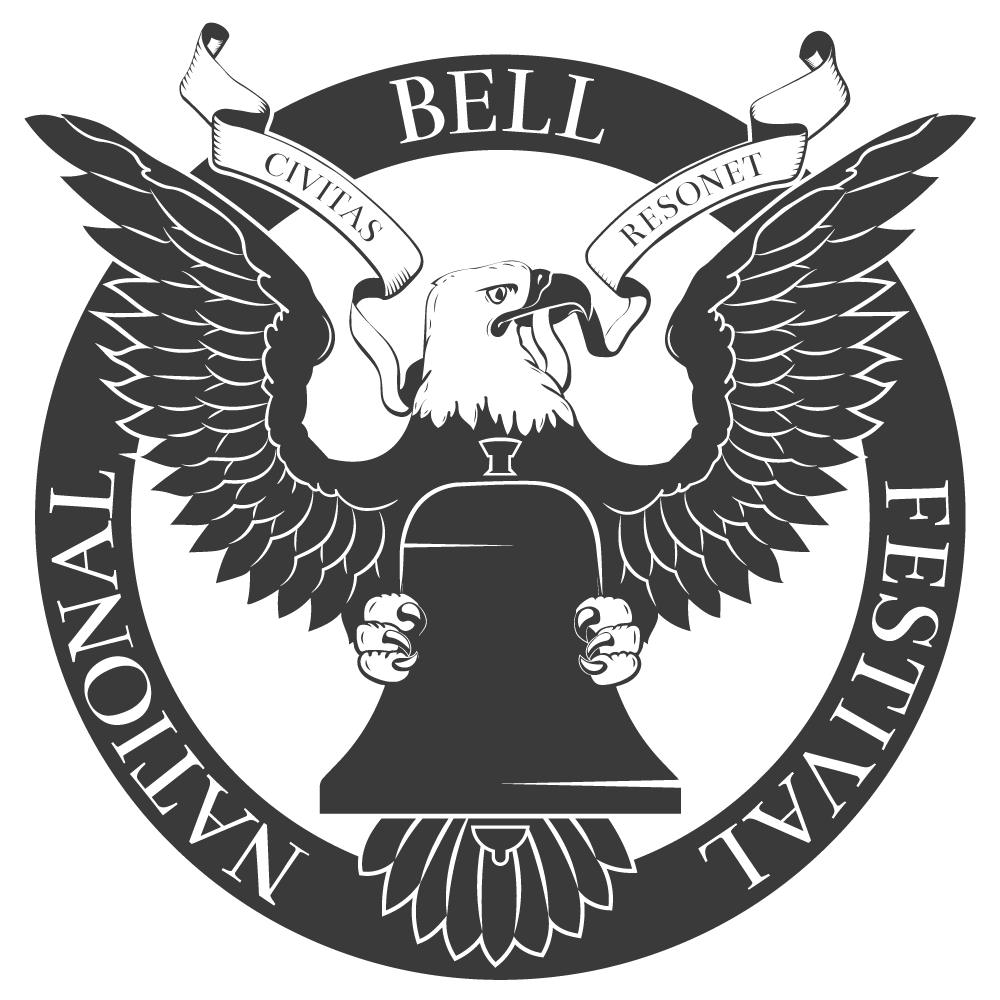From around 1840 onward, a bell was standard issue on steam locomotives traversing the American countryside. The bell was meant to alert people and animals (like the much-maligned bison) of an approaching train. On the open plains, where clearance wasn’t an issue, the bell would be mounted to the top of the boiler or smokebox. If the train were outfitted for tighter quarters and rails, the bell could be repositioned to the front of the locomotive, tucked alongside the cab, or stashed beneath the running board.
Railroads govern the use of bells on locomotives and mandate when they should be rung, as at crossings, quiet zones, or meeting points. Locomotive bells’ chief function is to warn pedestrians, crew, or others nearby with a bright ding that a train is moving or will be soon.
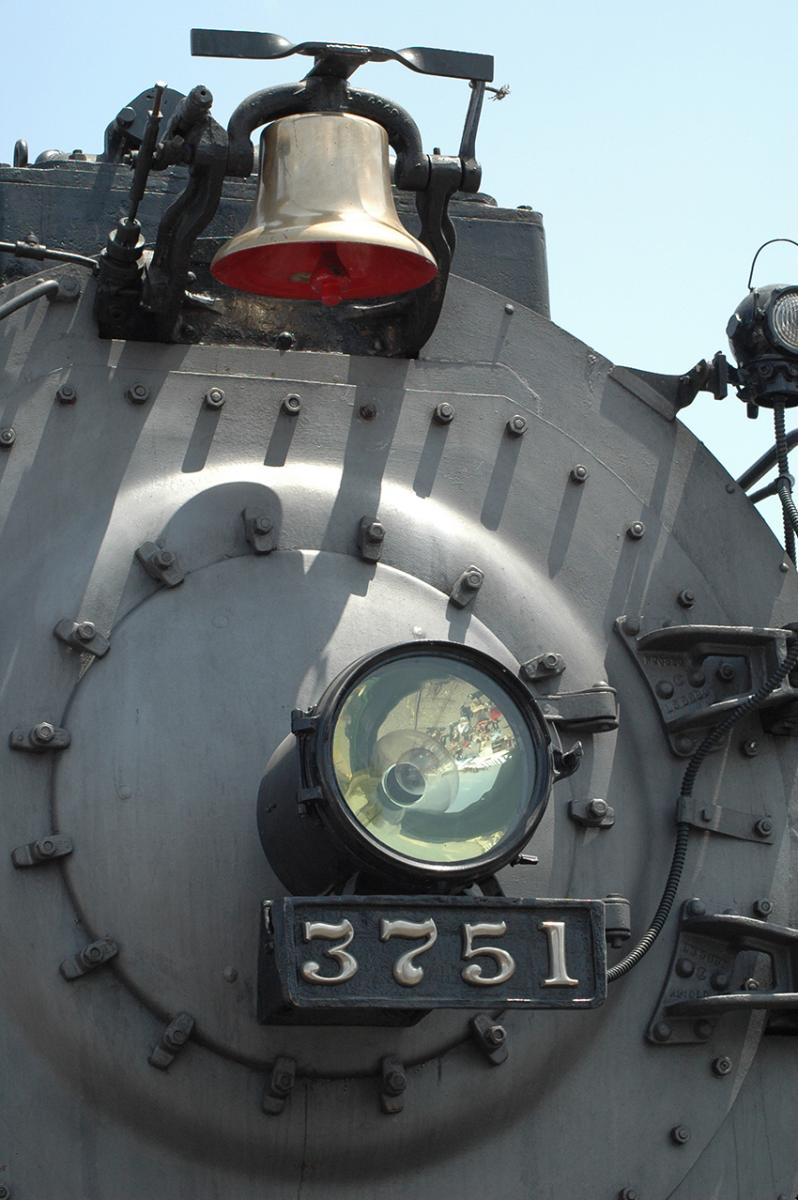
Image: A locomotive bell mounted to the the front of the train.
The train’s horn is tasked similarly, though it is louder and carries farther distances than the bell – and is most often sounded when the train is at speed. Bells continue to be used on virtually all trains, including steam and diesel locomotives, though most have converted to automatically ring, rather than relying on an individual to manually toll.
Locomotive bells remain a potent symbol of Americana and westward expansion. They have been present at some of our nation’s most harrowing moments: When President Abraham Lincoln’s body was transported by rail to Springfield, Illinois, following his assassination, the engine’s bell was muffled and mournfully tolled the entire distance. The plangent toll of a locomotive bell announced the loss of the savior of the Union.
